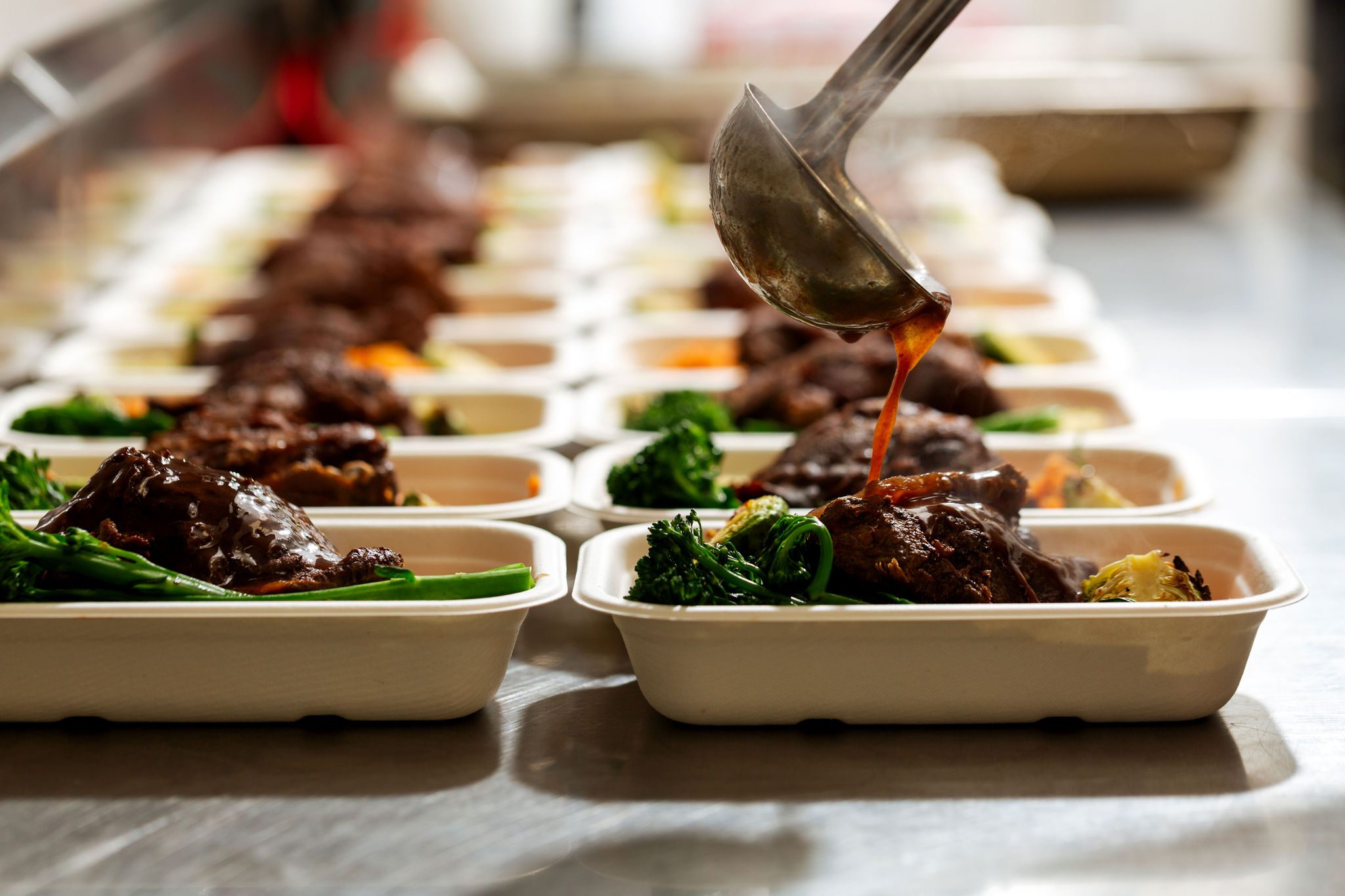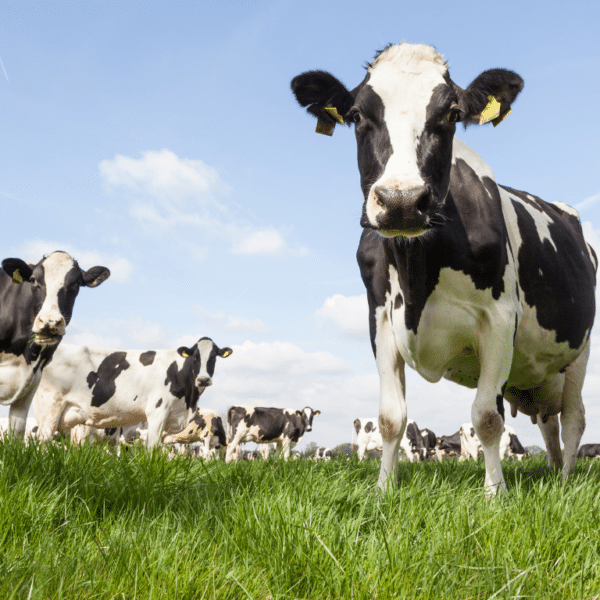At Warooga Child Care, we recognise the vital role of physical activity in the development of preschoolers. Movement is not just about fun; it’s essential for building strength, balance, and coordination in young children. Our approach integrates play and structured activities that support both physical and cognitive growth, ensuring that children develop healthy habits early on. This article explores how we promote physical development through engaging activities and the positive outcomes associated with them.
Key Takeaways
- Movement is crucial for developing physical skills like strength and coordination.
- Daily activities at Warooga include music, dance, and obstacle courses to keep children engaged.
- Active play positively influences cognitive function and behaviour in preschoolers.
- Guidelines recommend that children under five should have plenty of active play time, especially outdoors.
- Educators play a key role in fostering an environment that encourages physical activity and monitors progress.
The Importance Of Movement In Child Development
Why is movement in early childhood so important? Well, it’s not just about burning off energy; it’s a cornerstone of a child’s overall development. From building strong bones to boosting brainpower, getting kids moving sets them up for a healthier, happier future. It’s easy to underestimate the power of play, but it’s through these active experiences that children learn and grow the most.
Building Strength Through Play
Play is a child’s work, and it’s how they build strength. Think about it: climbing on the playground, running around during tag, or even just lifting toys. These activities engage different muscle groups, helping children develop the physical strength they need for everyday tasks. It’s through these playful movements that children naturally build a strong foundation.
Enhancing Balance And Coordination
Ever watched a toddler wobble as they learn to walk? That’s balance and coordination in action! Activities like hopping, skipping, and jumping are fantastic for improving these skills. Even simple games like throwing a ball or building with blocks help refine gross motor skill development in early years. It’s all about practise and repetition, and the more kids move, the better their balance and coordination become.
Promoting Healthy Growth
Physical activity is vital for healthy growth. It helps children maintain a healthy weight, strengthens their bones and muscles, and improves their cardiovascular health. Establishing respect and interdependency early on can set the stage for a lifetime of healthy habits. Plus, regular daily movement routines for kids can also improve their sleep, which is crucial for growth and development. It’s a win-win situation!
Daily Movement Activities At Warooga
At Warooga Child Care, we understand that physical activity isn’t just about burning energy; it’s a vital component of a child’s overall development. We weave movement into the daily routine in fun and engaging ways, ensuring that every child has opportunities to be active and explore their physical capabilities. We want to answer the question of what activities are best for preschoolers in childcare, and how can we make them fun and engaging?
Incorporating Music And Dance
Music and dance are fantastic ways to get kids moving! We use a variety of music styles and rhythms to encourage children to express themselves through movement. It’s not about perfect steps; it’s about enjoying the music and letting their bodies move freely. We often have themed dance parties, use props like scarves and ribbons, and play musical games like freeze dance. This helps develop coordination, rhythm, and self-expression.
Engaging Obstacle Courses
Obstacle courses are a hit with our preschoolers! We create simple courses using soft mats, tunnels, hoops, and cones. The courses are designed to encourage crawling, climbing, jumping, and balancing. We change the courses regularly to keep things interesting and challenging. This is a great way to develop gross motor skills, problem-solving abilities, and confidence. It also helps children learn to follow instructions and take turns. If you’re wondering how to build an obstacle course, here are some ideas:
- Use pillows and blankets to create soft barriers.
- Set up a tunnel using a play tent or cardboard box.
- Use masking tape to create lines on the floor for balancing.
- Incorporate stepping stones using cushions or mats.
Structured Physical Routines
While we emphasise play-based learning, we also incorporate structured physical routines into our day. These routines are short, fun, and designed to target specific motor skills. For example, we might do a series of animal walks (bear crawls, crab walks), simple stretches, or ball games. These routines help children develop strength, flexibility, and coordination. They also teach children about following instructions and working together as a group. We always make sure the routines are age-appropriate and adaptable to individual needs. We also ensure that the children have access to environmental initiatives to learn about the world around them.
We believe that physical activity should be a joyful experience for children. Our goal is to create a supportive and encouraging environment where every child feels comfortable exploring their physical abilities and developing a lifelong love of movement.
Linking Physical Activity With Learning Outcomes
It’s easy to think of playtime as just, well, play. But at Warooga Child Care, we see it as so much more. We understand that getting kids moving isn’t just about burning off energy; it’s deeply connected to their learning and development. Let’s look at how physical activity ties into cognitive skills, behaviour, and even sleep.
Impact On Cognitive Development
Did you know that running around and playing actually helps kids think better? It’s true! Physical activity boosts blood flow to the brain, which is like giving it a supercharge. This can lead to improvements in attention span, problem-solving skills, and even memory. Think of it as exercise for the brain as well as the body. When kids are active, they’re not just building muscles; they’re building smarter brains. It’s all interconnected, and it’s pretty amazing to watch.
Behavioural Benefits Of Active Play
Ever notice how kids can get a bit restless or cranky when they’ve been cooped up inside all day? That’s because they need to move! Active play is a fantastic way for children to release pent-up energy and emotions. It can help reduce feelings of anxiety and aggression, and it can also improve their ability to focus and concentrate. Plus, when kids are engaged in fun physical activities, they’re learning important social skills like cooperation, teamwork, and conflict resolution. It’s a win-win!
Improving Sleep Patterns
We all know how important a good night’s sleep is, and it’s especially crucial for growing kids. Regular physical activity can work wonders for improving sleep patterns. When children are active during the day, they tend to fall asleep more easily and sleep more soundly at night. This is because exercise helps regulate their body’s natural sleep-wake cycle. So, by encouraging active play, we’re not just helping kids learn and grow; we’re also helping them get the rest they need to thrive. Consistent activity can really make a difference.
A well-rested child is more attentive, engaged, and ready to learn. Prioritising physical activity is an investment in their overall wellbeing and academic success.
Guidelines For Physical Activity In Early Childhood
It’s easy to underestimate how much physical activity preschool kids need. It’s not just about burning off energy; it’s about building a foundation for a healthy life. So, what are the guidelines, and how can we make sure our little ones are getting enough movement?
Recommended Activity Levels For Under 5s
Okay, so what does “enough” actually mean? For children under 5, the guidelines are pretty straightforward:
- Infants (less than 1 year): Should be physically active several times a day through interactive floor-based play (tummy time, reaching for toys).
- Toddlers (1-3 years): Should accumulate at least 3 hours of physical activity spread throughout the day. This includes a variety of activities, at any intensity, including energetic play.
- Preschoolers (3-5 years): Should accumulate at least 3 hours of physical activity per day, of which at least one hour should be energetic play.
It sounds like a lot, but remember, this is spread throughout the day. Think short bursts of activity – a quick dance party, a run around the yard, or even just helping with simple chores.
Understanding Active Play Guidelines
Active play isn’t just about structured exercise; it’s about letting kids be kids. It’s about running, jumping, climbing, and exploring. It’s about anything that gets them moving and using their muscles.
Active play is child-led and unstructured. It’s about letting them explore their environment and use their imagination. It’s not about forcing them to do specific exercises or follow strict rules. It’s about creating opportunities for them to move and be active in a way that’s fun and engaging.
Think about setting up environments that encourage movement. This could be as simple as providing open space, age-appropriate toys, and opportunities for social interaction. Remember to consider developmental support for each child.
Importance Of Outdoor Play
Getting kids outside is one of the best things you can do for their preschooler motor skills. Outdoor play offers so many benefits. Fresh air, sunshine (vitamin D!), and plenty of space to run and explore. Plus, outdoor environments often provide natural challenges that help children develop their children’s fitness programmes and coordination. Think uneven surfaces, hills to climb, and trees to navigate. These challenges help them build strength, balance, and confidence. So, get them outside as much as possible!
Creative Ways To Encourage Active Play
It’s easy to fall into the trap of structured activities, but sometimes the best way to get kids moving is to let them lead the way with some creative and fun ideas. Think outside the box and use what you have available to make movement exciting and engaging.
Fun Games For Preschoolers
Games are a fantastic way to get preschoolers moving without them even realising they’re exercising! Simple games can be adapted to suit different ages and abilities. Here are a few ideas:
- Simon Says: A classic for a reason! It encourages listening skills and following instructions while getting kids to move their bodies in different ways.
- Red Light, Green Light: Great for teaching self-control and listening skills. Kids love the excitement of stopping and starting.
- Animal Walks: Get kids to imitate different animals – waddle like a penguin, hop like a frog, or slither like a snake. This is a fun way to work different muscle groups.
Utilising Natural Environments
Nature provides a wealth of opportunities for developmental play ideas. Instead of being stuck indoors, take the kids outside and let them explore.
- Go on a nature walk and collect leaves, sticks, and stones. Use these items to create art or build a fairy house.
- Find a hill and roll down it! It’s simple, but kids love it. Just make sure the area is safe and free of obstacles.
- Build a fort using branches and leaves. This encourages teamwork and problem-solving skills.
Remember to always supervise children closely when they are playing outdoors, and make sure they are dressed appropriately for the weather.
Incorporating Family Involvement
Getting families involved in physical activity is a great way to promote healthy habits at home. When parents and caregivers participate, children are more likely to see the value in being active. Consider these ideas:
- Organise a family sports day at the childcare centre. Include activities that everyone can participate in, such as sack races, egg-and-spoon races, and three-legged races.
- Send home activity ideas that families can do together, such as going for a walk, playing in the park, or having a dance party.
- Invite parents to lead a physical activity session at the centre. This could be anything from a yoga class to a simple game of tag.
By incorporating these creative ideas, you can make physical activity a fun and engaging part of every preschooler’s day. Remember, the goal is to encourage movement and active learning for toddlers in a way that is enjoyable and beneficial for their overall development. Warooga Childcare emphasises the importance of connecting young children with the environment.
The Role Of Educators In Promoting Physical Activity
Educators play a vital role in shaping young children’s attitudes and habits around physical activity. It’s not just about letting kids run around; it’s about creating an environment where movement is encouraged, valued, and integrated into the daily routine. How can educators make a real difference in getting preschoolers active? Let’s explore some key strategies.
Creating An Active Learning Environment
An active learning environment isn’t just about having a big space; it’s about how that space is used and how activities are designed. Think about setting up different zones in the classroom or play area that encourage different types of movement. This could include a quiet corner for stretching and yoga, a building zone with large blocks, or an open area for dancing and games. It’s also about providing resources that spark imagination and movement, like scarves for dancing, balls for throwing, or tunnels for crawling through.
Encouraging Participation In Group Activities
Group activities are a fantastic way to get kids moving together and learning social skills at the same time. But how do you get everyone involved, especially those who might be a bit hesitant? It starts with making sure the activities are inclusive and cater to different abilities and interests. Think about games that don’t eliminate players, like cooperative tag or parachute games. Educators can also model enthusiasm and participation, showing kids that it’s fun to move and play together. Remember to offer modifications and support to children who need it, ensuring everyone feels successful and included. Educators can also use health and safety guidelines to ensure activities are safe.
Monitoring Individual Progress
While group activities are great, it’s also important to keep an eye on each child’s individual progress and needs. This doesn’t mean formal testing; it’s more about observing how each child engages with physical activity and identifying any areas where they might need extra support or encouragement. Are they developing their gross motor skills? Are they showing an interest in certain activities? Are there any physical limitations that need to be considered? By understanding each child’s unique needs, educators can tailor activities and provide individualised support to help them develop their physical skills and confidence.
Educators can also use simple checklists or observation notes to track progress over time. This information can then be shared with parents to provide a holistic view of the child’s development and to encourage physical activity at home as well.
Benefits Of Physical Development In Childcare
Childcare physical development is more than just running around; it’s about setting the stage for a lifetime of health and well-being. When kids are active in childcare, they reap rewards that extend far beyond the playground. Let’s explore some of the key advantages.
Long-Term Health Benefits
Getting kids moving early can have a huge impact on their future health. Regular physical activity helps build strong bones and muscles, reduces the risk of obesity, and can even lower the chances of developing chronic diseases like type 2 diabetes and heart disease later in life. It’s about creating healthy habits from the get-go. Think of it as planting the seeds for a healthier tomorrow.
Social Skills Development
Physical activities in childcare aren’t just about individual fitness; they’re also fantastic for developing social skills. Through games and group activities, children learn how to:
- Work as a team
- Share and take turns
- Communicate effectively
- Resolve conflicts
These are all essential skills that will help them navigate social situations throughout their lives. It’s amazing how much social learning happens while they’re simply having fun!
Emotional Wellbeing Through Movement
Active play isn’t just good for the body; it’s great for the mind too. Physical activity releases endorphins, which have mood-boosting effects. It can help reduce stress and anxiety, improve self-esteem, and promote a sense of accomplishment.
For children, movement is a way to express themselves, explore their environment, and build confidence. It’s a natural outlet for energy and emotions, contributing to their overall emotional wellbeing.
Here are some ways that physical growth activities can help:
- Improved mood
- Reduced stress
- Increased self-esteem
Physical development is really important for kids in childcare. It helps them grow strong and healthy while also improving their skills like running, jumping, and playing. When children are active, they not only get fit but also learn how to work with others and build friendships. Encouraging physical play can make a big difference in their lives. If you want to learn more about how we support physical development at Warooga Childcare, visit our website today!
Wrapping Up Physical Play at Warooga
In conclusion, physical activity is a big deal for preschoolers at Warooga Child Care. It helps them build strength, balance, and coordination while having fun. By mixing in music, dance, and obstacle courses, we keep kids engaged and moving every day. Plus, all this activity is linked to better learning, behaviour, and even sleep. Following the latest guidelines for under-fives, we aim to make sure every child gets plenty of chances to be active. So, whether it’s a dance party or climbing over soft blocks, we’re all about keeping our little ones moving and grooving!
Frequently Asked Questions
Why is physical activity important for preschoolers?
Physical activity helps preschoolers build strength, improve balance, and develop coordination. It is essential for their overall growth and helps them learn better.
What types of activities does Warooga offer for movement?
At Warooga, we include fun activities like music and dance, engaging obstacle courses, and structured routines that encourage kids to move and play.
How does movement relate to learning and behaviour?
Active play can boost a child’s brain development, improve their behaviour, and even help them sleep better at night.
What are the recommended activity levels for children under 5?
Children under 5 should be active for at least 3 hours each day, which can include a mix of playtime, structured activities, and outdoor fun.
How can parents encourage active play at home?
Parents can encourage active play by organising fun games, exploring nature, and joining their kids in physical activities.
What role do educators play in promoting physical activity?
Educators create a lively environment, encourage group participation, and track each child’s progress to ensure they are active and engaged.






